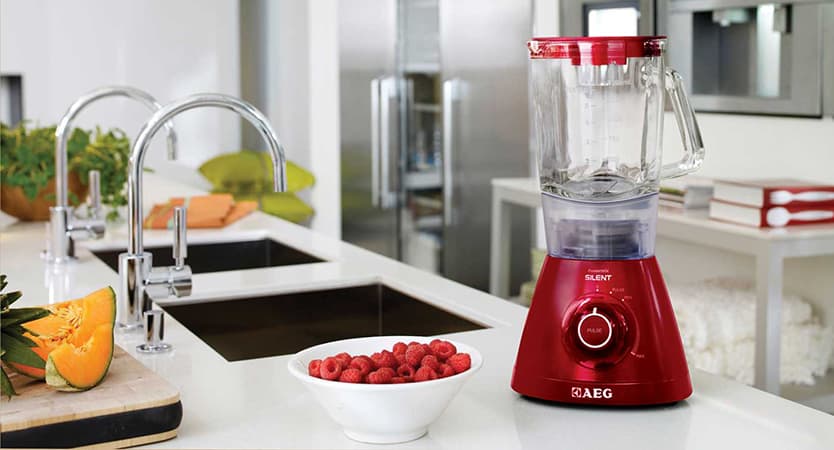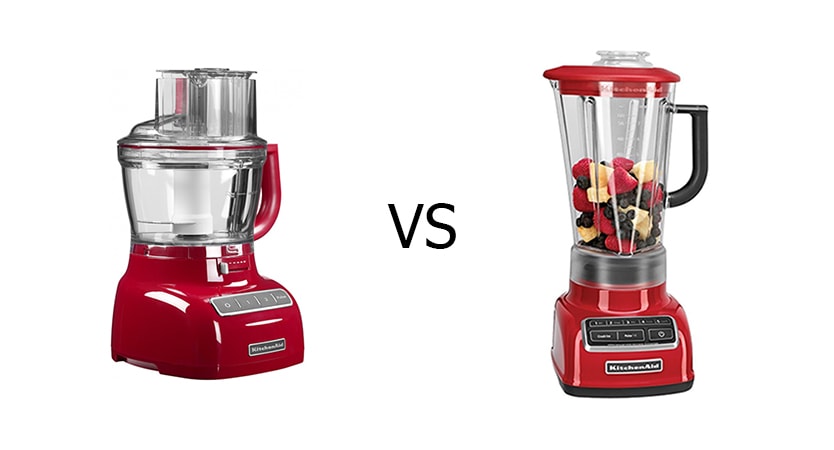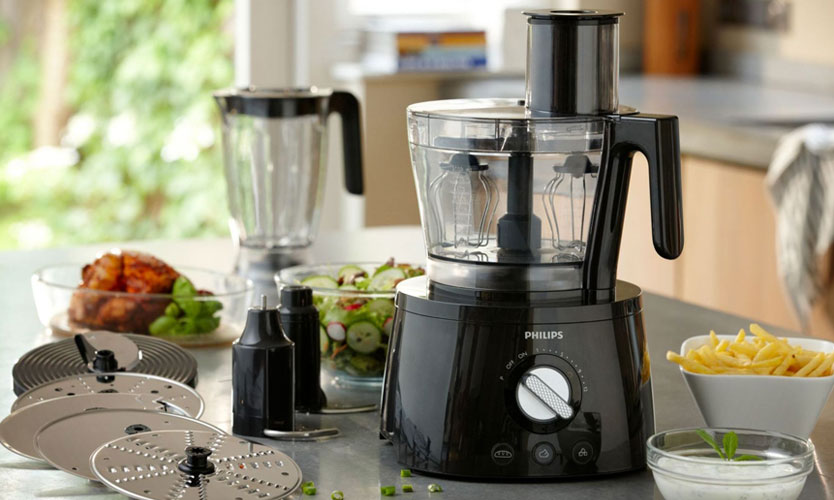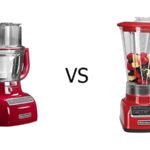A reliable and functional assistant in the kitchen can greatly facilitate the daily culinary chores of any housewife. Modern kitchen appliances make the cooking process enjoyable, quick and easy. And the time saved on cooking can always be spent on more interesting and useful activities - family, hobbies, recreation, etc. But sometimes it is very easy to get confused in the variety of models and devices. On the one hand, I want to get into my kitchen all possible technical innovations, which we are tirelessly delighted with by the global manufacturers of household appliances. On the other hand, won't the next purchase be a useless waste of money and space in the kitchen cabinet? Let's compare the two most sought-after and popular kitchen gadgets and try to answer the question, which is better: a blender or a food processor?
Features of food processors
A food processor was created to process various products. This device is able to grind, chop, mix, squeeze juice from hard and soft vegetables, beat meat and fish for minced meat, knead the dough and whip the cream.
On the basis of one device, several devices were combined at once - a mixer, a blender, a meat grinder, a juicer, a shredder, a coffee grinder, etc. This means that a variety of nozzles, knives, graters, and food containers must be sold together with a good and multifunctional device. , filters, etc. In addition, when buying, you should pay attention not only to the "capabilities" of the food processor, but also to its capabilities. The more functional the device you need, the more power it should be. Otherwise, large volumes and solid products will be "too tough" for him.
Buying a stationary food processor allows you to easily and quickly make preparations for the winter, including juice, process meat for minced meat, chop vegetables for stews, knead any amount of dough with the necessary consistency, chop ice, whip cocktails or prepare mashed soups. Saving time and effort is evident. You do not need to pick up individual devices for yourself - you buy one large processor and use it as various kitchen gadgets. But there are also disadvantages. A functional food processor takes up a lot of space, is quite expensive and requires careful care. In addition, the food processor is designed to process large amounts of food, and if you are preparing a small portion of vegetable puree for a child, then turning on the bulky appliance, and then washing it will not be at all advisable.
![]() See also - The best food processors for the home
See also - The best food processors for the home
The purpose of blenders

How is a blender different from a food processor? Almost everyone.Yes, this appliance is also intended for food processing. No, it is small and not bulky, like a combine, and not as functional. However, such an assistant copes with the most popular and demanded options (preparation of minced meat, vegetable purees and cocktails, kneading batter) in a matter of minutes.
You will also have to choose among blenders, because such devices are of two types - light and compact submersible and powerful and "capable" stationary. Submersible blenders are a body with a motor, on which they fit a suitable nozzle. Grinding of products takes place in a special bowl, which is included in the kit or in any suitable vessel. The main charm of this blender option is the simplicity and speed of work, the "ability" to cook in small portions, the excellent processing quality of products suitable for softness. Plus, such an assistant will not take up a lot of space in the kitchen, and it is very easy to take care of him. However, for processing large volumes, a submersible blender is not suitable - you simply don’t have the strength and patience to hold the blender in your hands and constantly hold down the power button.
Stationary blenders are much more efficient in this regard. It is enough for the hostess to fill the necessary prepared products into the chopping jug, place the blender on a flat table, close the container with a lid and start the working process. As they say - feel the difference! Sophisticated models of such blenders are equipped with special rubberized attachments on the legs - the device stays in one place and pleases its owner with high-quality chopped or whipped products. As a rule, stationary blenders are more powerful and, accordingly, richer in functionality. Some modern novelties have a self-cleaning function, which allows the hostess not to get messy about cleaning the device after work.
The main advantages of kitchen blenders are compact size, low cost, ease of use and low maintenance. Of the shortcomings - more modest functional, special requirements for the hardness of the products.
![]() See also - How to choose a mixer for home use
See also - How to choose a mixer for home use
What is the best choice?

So, in order to still stop buying this or that device, you should honestly assess your culinary needs and capabilities. A large, roomy food processor can reach its full potential when fully loaded. If you have a large and large family or guests often gather, you are engaged in seasonal preparations for the winter and always cook in large portions - you just need a food processor with a full range of functions. Remember that such a device will require a lot of space for storage and use.
If you cook in small portions or infrequently, then a small compact blender will be enough for you. You can choose a roomy and powerful stationary blender for vegetables and meat for a family of three - four a person, provided that they are not too frequent and voluminous. A submersible blender with several nozzles will be an excellent assistant for a young mother who introduces the first “adult” food into her baby’s diet - vegetable and meat purees, grated soups, etc. Lovers of healthy cocktails will also appreciate the possibilities of a compact blender for preparing vegetable and fruit smoothies . The blender will take up very little space, but, in all likelihood, the purchase will have to be supplemented with a juicer and a powerful meat grinder.
If you compare the devices in terms of price, then the most advanced blender will cost several times cheaper than a good food processor. Well, buying a low-power and non-functional combine from the budget price category is simply devoid of common sense.
Summing up, we note that there can be no unequivocal advice - to buy a blender or food processor. Each device has its own advantages and disadvantages, and in approximately equal quantities.In each specific situation, one or another option will be more advantageous, and in another situation - less. Therefore, compare your capabilities and needs, as well as the pros and cons of blenders and food processors, so as not to lose money with the purchase of an effective and reliable kitchen assistant. The choice is yours!
See also:
- 7 best blenders according to customer reviews
- 10 most reliable blenders according to customers
- Tips for choosing a blender for your home
- Choosing the best company blender
- Choosing a blender for making baby food



